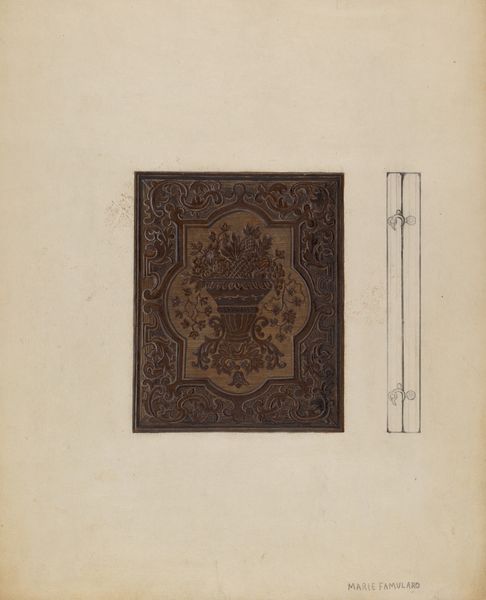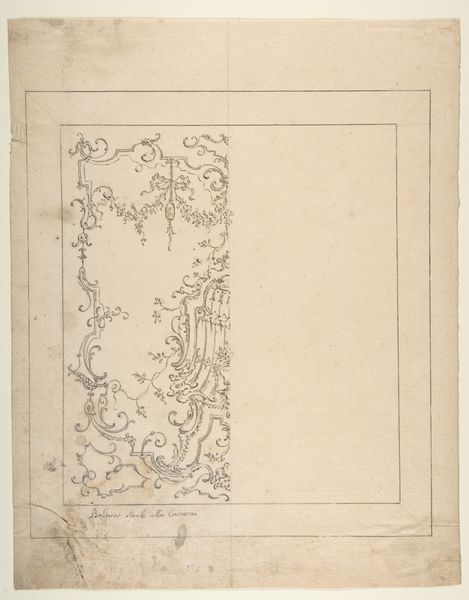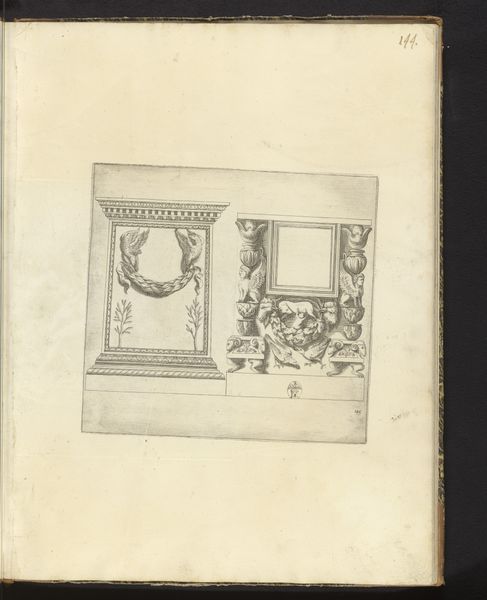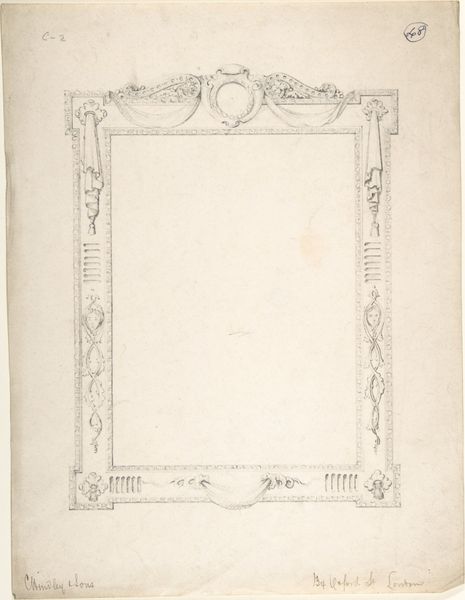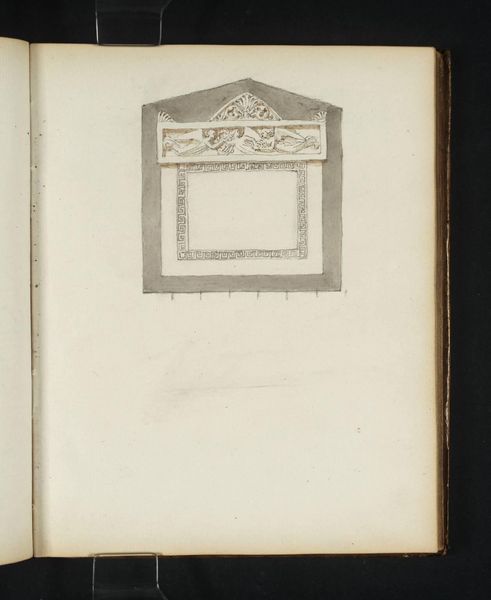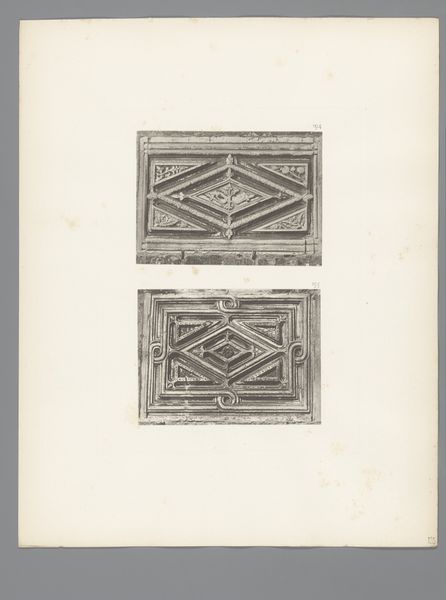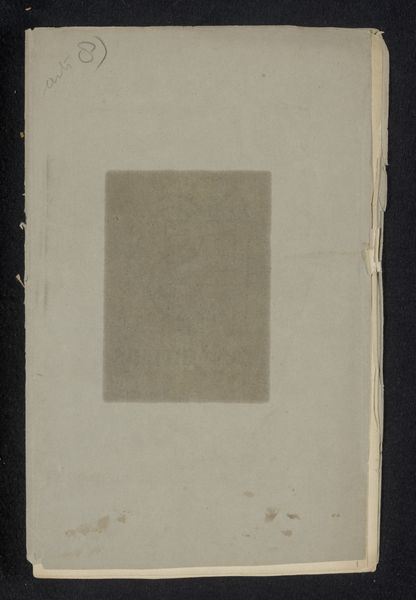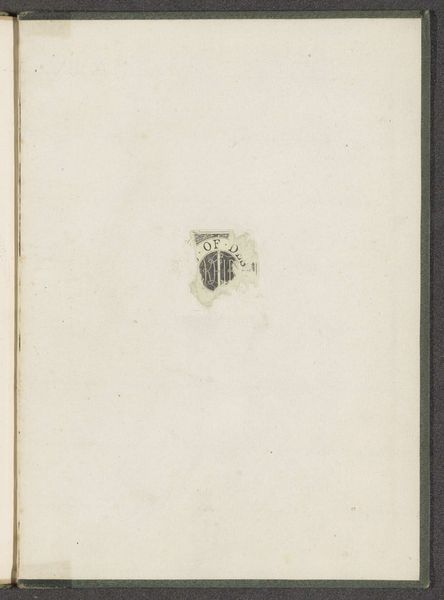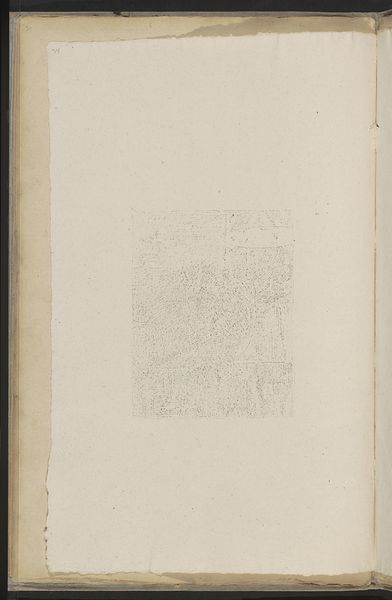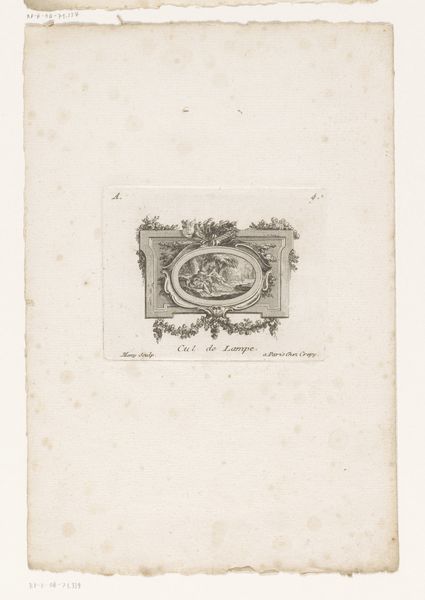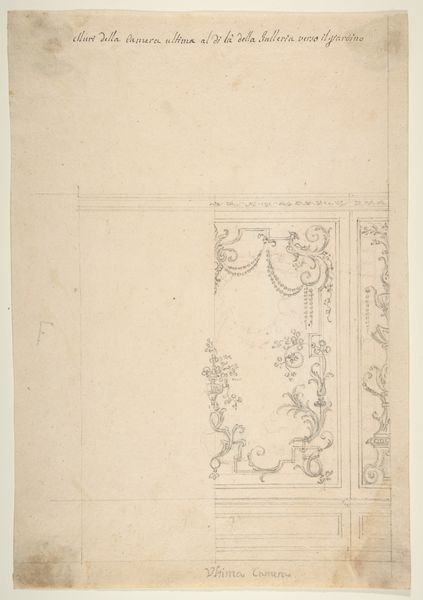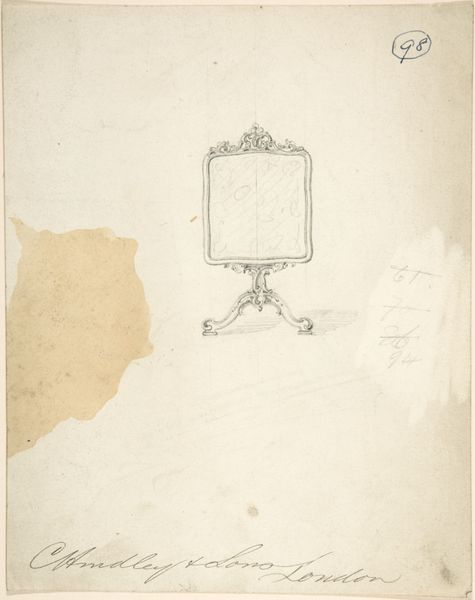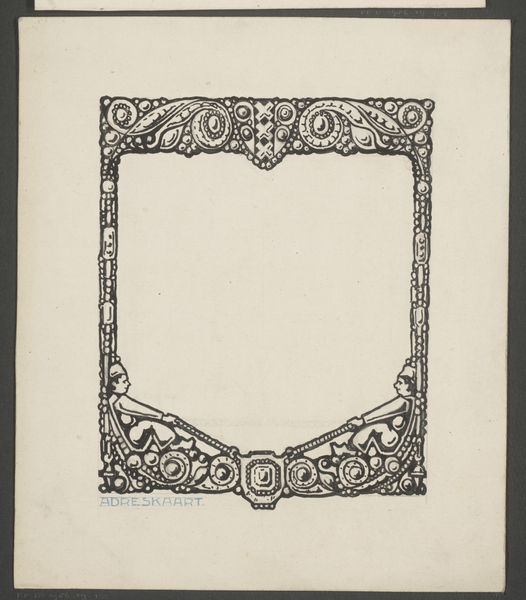
drawing, paper, pencil
#
portrait
#
pencil drawn
#
drawing
#
paper
#
pencil
#
watercolor
Dimensions: overall: 28.1 x 22.9 cm (11 1/16 x 9 in.) Original IAD Object: 3 1/2" high; 3 1/2" wide
Copyright: National Gallery of Art: CC0 1.0
Curator: I'd like to draw our listener's attention to this design rendering by Marie Famularo, "Leather Medal Case," dating from 1936, rendered in pencil and watercolor on paper. Editor: At first glance, it feels restrained. There’s a kind of quiet dignity radiating from this seemingly simple object, especially given what it's meant to contain. Curator: Indeed. We're not merely looking at a box; we're looking at a vessel designed to hold something precious and symbolic – medals. Note the meticulously rendered faux leather texture. Think about the hand-made aspect itself: it's an artisanal case, designed in an age where honoring valor was heavily ritualized. It connects us to specific traditions of military or athletic honor. Editor: Absolutely. You see how much attention is dedicated to replicating this texture as truthfully as possible using, most likely, the artist’s direct observation skills. What social class do they likely belong to that would have handled such object? Whose labour goes into making the proposed finished product? This feels deeply rooted in the materials themselves. It hints at notions of permanence and respect that perhaps resonated differently then than they do now. Leather, then like now, denotes wealth. The ornamental borders act like symbolic barriers, further guarding these important decorations inside. Curator: I agree, it has the feel of a treasure chest. The case itself—its materiality—speaks volumes. We understand “leather” to symbolize not only wealth, but the protection given to those symbols of hard-earned excellence that might reside inside: a tactile legacy. Famularo even draws out the clasps to further ensure safety. It makes you think about what we choose to honor and how. Editor: What makes this piece particularly potent for me is its intimacy with materials and manufacturing. It highlights how our relationship with everyday items shifts in different eras, when this would have signified prestige more explicitly tied to labor and craftmanship. It causes one to question about its significance for the modern collector. What value, symbolic or economic, will the artwork itself gain with time? Curator: An object's purpose transcends its material construction. What an insightful note to end on, thank you. Editor: Thanks for the fascinating interpretation.
Comments
No comments
Be the first to comment and join the conversation on the ultimate creative platform.
